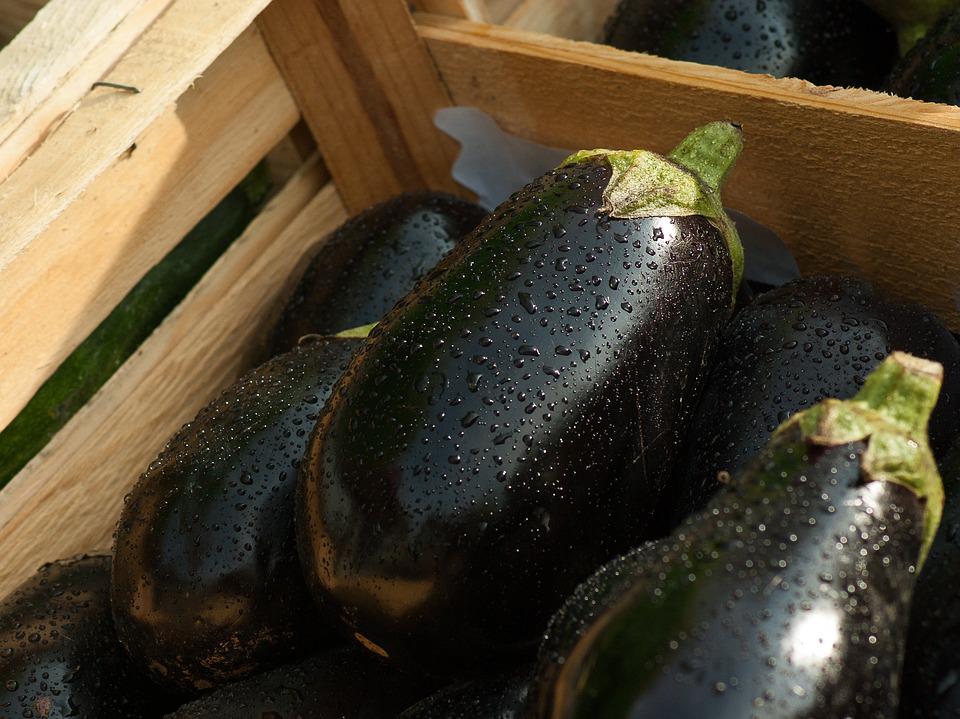



Article by: Hari Yellina
In the Netherlands, Purple Pride just debuted an eggplant shawarma. Growers United, a growers’ organisation dedicated to eggplant farming, hopes to use this brand to capitalise on the growing popularity of vegan products while also marketing eggplant as a convenient food. “In 2017, one out of every five individuals in the Netherlands ate eggplant; now it’s one out of every three,” said Purple Pride’s Jurre Schottelndreier and Rob Mulder. “That’s a significant increase in consumption. Of course, this is largely due to the fact that eggplant is still catching up. For example, market penetration of tomatoes and bell peppers is substantially higher “Jurre explains. “However, many customers are apprehensive to try eggplant. They have no idea how to utilise or prepare it.” Purple Pride is focusing on encouraging people as a result.
“According to the growth, almost five million individuals eat eggplant.” However, this means that there are still 12 million people who do not. “Our motto is ‘Eggplant on everyone’s weekly menu,’ and there are numerous ways to achieve this,” he explains. According to Jurre and Rob, you can take advantage of this product’s potential in a variety of ways. “It’s critical to engage consumers and demonstrate the flexibility of eggplant. Convenience is crucial in this situation. Pre-store inspiration is essential for something like eggplant. Many individuals don’t purchase eggplant because they don’t know how to prepare it, according to market research (GFK) conducted among shoppers in various nations.
“They then choose veggies that are safe to eat, such as zucchini, bell peppers, or tomatoes.” They purchase them and then experiment with what they can do with them. Consumers, on the other hand, only buy eggplant when they know what they’re going to do with it. And that’s exactly where the eggplant’s potential for expansion rests,” Jurre continues. “An excellent illustration is the growing popularity of meal cartons and packs,” Rob adds. “These are fantastic ideas for getting people to eat eggplant. You get a recipe, and the rest is taken care of for you. You use those recipes to motivate your customers. Each eggplant in Sweden, for example, has a QR code that leads to a recipe. It covers all you need to know in great detail. Our eggplant shawarma is made in this manner. It’s convenient since the eggplant is already seasoned; all you have to do is fry it.”
“We want to concentrate more on the restaurant industry with these shawarmas. This calculated decision should ensure that eggplants are on everyone’s weekly meal. When people enjoy a delicious eggplant dish, they frequently think, “Could I make this myself?” That is the exact time you want to contact them. The meaty texture of eggplant makes it excellent for vegetarian and vegan meals. It’s also high in fibre, so it’s good for you. It’s a go for eggplant, as we like to say “Jurre goes on.
When three family enterprises, Gebr. Van Duijn, Auberginekwekerij De Jong, and Greenbrothers, agreed to form a growers’ organisation in 1996, Purple Pride was born. The association is still made up of the same members and five farms that produce 30 million kg of eggplants per year, 26 years later. “The Purple Pride growers’ organisation has a 55-hectare growing area and produces 50% or more of the Dutch eggplant harvest, making it a market leader in the Netherlands,” Rob explains. Despite the fact that last year’s eggplant harvest was less than ideal, the group was able to expand its land base by five hectares. “We can make our greenhouses more sustainable and strengthen our market position by scaling them. Because of the ever-increasing consumption and market penetration of eggplants, a bad year has little impact. There’s a lot of long-term potential here.”
Purple Pride also has (mini-)graffiti and Nasu eggplants in addition to the normal purple eggplants. “Regular eggplants are still considered unusual by certain customers. That is totally true for our areas of expertise. However, greater purple eggplant consumption has an impact on other eggplant varieties, such as graffiti eggplants. “After a few times cooking with the purple type, people start thinking about the other varieties,” Rob explains.
“In terms of percentage growth, demand for graffiti eggplants is expanding at the same rate as demand for conventional eggplants. Their absolute figures are a smidgeon lower.” According to Rob, the growing popularity of tiny vegetables does not translate well to eggplant. “People eat cherry tomatoes and small cucumbers as a snack.” The small graffiti eggplants aren’t edible uncooked, but they’re perfect for the hospitality business. An eggplant per plate looks beautiful,” he says.
Purple Pride’s principal business will continue to be eggplant farming in the future. “We have an entrepreneurial attitude, so we’re continuously looking for new ways to bring eggplants to the public’s attention. The entire shawarma-making process has been interesting to see. Our farmers had a lot of fun testing, tasting, and adjusting recipes. Finally, we produced a product that we are quite proud of. We also have a lot of other ideas. Our ultimate goal, however, will always be to promote our primary product, eggplant “Rob comes to a conclusion.